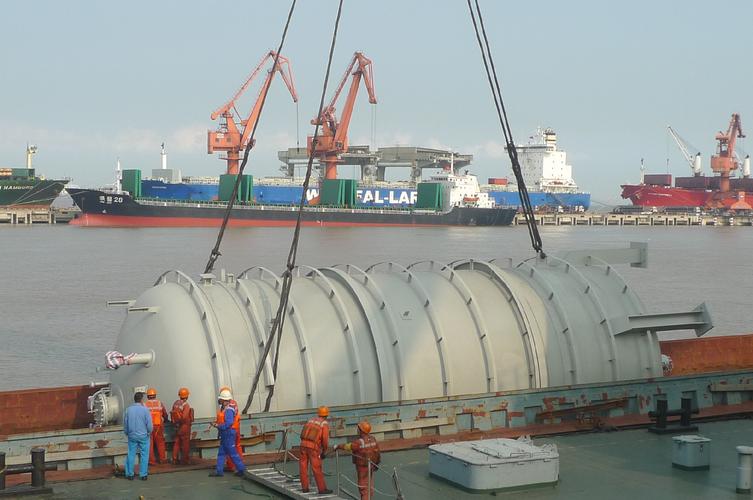1. Overview of transported goods
Describe in detail the type, quantity, weight, size, packaging method and other information of the transported goods.
2. Transportation route planning
1. Ports of origin and destination
Specify the port of loading and discharging of the cargo.
2. Route Selection
According to the starting and ending ports, combined with sea conditions, weather and other factors, the optimal route is selected.
3. Selection of bulk ships
1. Vessel type
According to the characteristics of the cargo and the transportation needs, select the appropriate type of bulk carrier, such as general-purpose bulk carrier, multi-purpose bulk carrier, etc.
2. Ship specifications
Consider the quantity and weight of the cargo, and choose the appropriate deadweight tonnage and capacity of the ship.
3. Condition of the vessel
Ensure that the selected vessel is in good technical condition and seaworthiness.
Fourth, loading arrangements
1. Loading time
Negotiate with the port and shipowner to determine the loading time, and arrange the loading schedule reasonably.
2. Loading method
According to the characteristics of the goods and port facilities, choose the appropriate loading method, such as crane loading, conveyor belt loading, etc.
3. Cargo fixing and lashing
Develop a plan for fixing and lashing the cargo in the hold to ensure the safety of the cargo during transportation.
5. Management during transportation
1. Ship navigation monitoring
Through satellite communication and other means, real-time monitoring of the ship’s navigation position and status.
2. Cargo status check
Regularly inspect the condition of the cargo in the cabin, and deal with any abnormalities in a timely manner.
3. Respond to unexpected situations
Develop emergency plans to deal with possible emergencies such as bad weather and mechanical failures.
6. Unloading arrangement
1. Unloading time
Communicate with the port of discharge and the consignee in advance to determine the unloading time.
2. Unloading method
Corresponding to the loading method, choose the appropriate unloading method.
3. Handover of goods
Carry out the handover of goods with the consignee to ensure that the quantity and quality of the goods are correct.
7. Cost budget
1. Shipping Costs
Including ship rental, bunker fees, port charges, etc.
2. Insurance Costs
Purchase transportation insurance for the goods to protect the value of the goods.
3. Other Fees
Such as cargo handling costs, lashing fixed costs, etc.
8. Precautions
1. Comply with relevant laws and regulations
Ensure that the shipping process complies with international and domestic maritime regulations.
2. Insurance Claims
Familiarize yourself with the terms of insurance and make timely claims in the event of loss of goods.
3. Document management
Properly keep all kinds of documents and records in the transportation process for subsequent inquiries and dispute resolution.




